- Home
- slideshows
- miscellaneous
- I traveled for over a year on less than $1,500 a month, and even made extra money by working remotely - here's how
I traveled for over a year on less than $1,500 a month, and even made extra money by working remotely - here's how
Set a budget and have some emergency savings

Find remote work

The more you travel, the more you will want to keep traveling. Finding a remote job is a great way to keep the funds flowing. It's best to consider your options before you quit your full-time gig.
I had a background in cybersecurity, but wanted a change of pace. I love learning languages, so I decided to teach English online.
The requirements are relatively simple — most companies require you to have a Bachelor's degree, be a native speaker, and have some prior experience with students, whether it be teaching, volunteering, or mentoring — and it's possible to start generating income quickly.
I worked primarily for VIPKID teaching English online to Chinese children, and after a few months I was making $1,500 a month working 20 hours a week, enough to keep me going without dipping into my savings.
Turn your passion into a new income stream
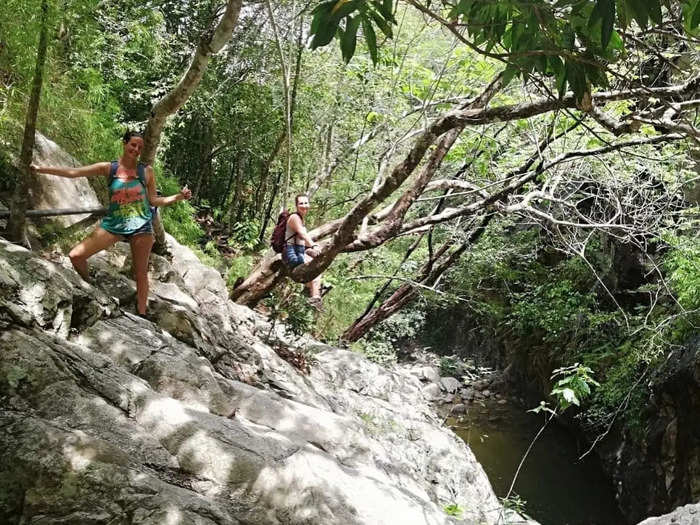
There are a lot of other ways to turn your passion into a remote income stream. I also pursued freelancing work, and found a copy writing gig with Creatives On Call, where I also currently work creating content for cybersecurity training online. Other sites like Upwork provide freelance opportunities in everything from coding to travel writing. There are also Facebook groups you can join (one of my favorites is Digital Nomad Girls Community), where other travelers post about their experiences and advertise remote gigs.
With any remote job, a key requirement is fast internet access. There are coworking spaces, such as Selina, available in most countries that provide high-speed internet from $5 a day to $150 a month. Working from your accommodation is also a possibility.
Stay in budget accommodations
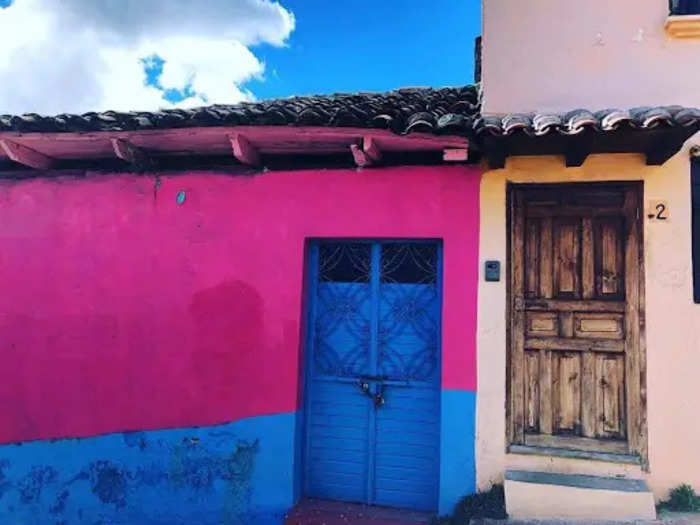
The average cost per night of a hotel in the US is about $131, but if you're traveling in a more affordable part of the world, it's possible to keep your costs much lower — I recommend aiming for $500 a month. I rented a room on the best surf beach in Mexico for less than $300 a month. Hostels are also a great budget option, especially if you want to meet other travelers.
Wherever I stay, I ask hosts to do an internet speed test. For most remote work involving video conferencing, it's advisable to have 10 mbps download, 2 mbps upload, and under 100 ping. For jobs that require less intensive bandwidth, lower speeds are doable.
Keep your transportation costs low
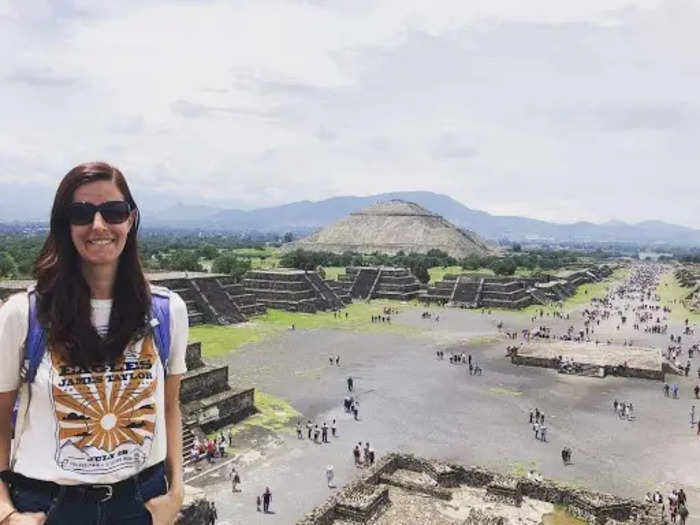
I stretch my funds further by keeping transportation costs low. Searching sites like Kayak and using their flexible dates filter allows me to find the cheapest fares. With Google Flights, you can enter a starting point and view a map of global destinations and their associated prices, helping you to get the biggest bang for your buck.
Another site, Rome2rio, allows you to compare travel methods between destinations and pick the cheapest option. I opted for an eight-hour bus ride between Mendoza, Argentina and Santiago, Chile and paid $12, compared to a $220 flight.
When traveling locally, public transport is a fraction of the cost of a taxi. For example, a colectivo to the beach in Puerto Escondido, Mexico costs $0.45, whereas a taxi costs $13. Google Maps has public transport maps for most destinations, and Moovit also provides bus routes in many places.
Invent your own sightseeing experiences
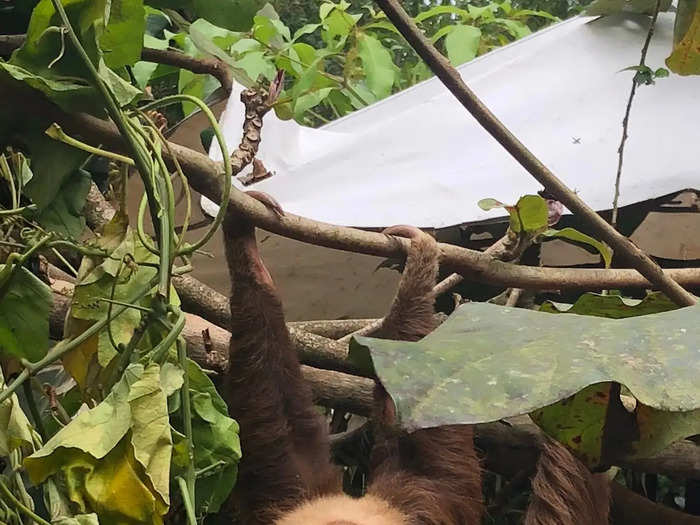
When it comes to sightseeing, I try to skip most organized tours. With a little research on Culture Trip or a similar travel site, you can get to most destinations on your own for much less.
One exception may be when going to an extremely remote location, or visiting multiple sights in one day. In this case, a tour might be worth the cost. GetYourGuide provides a variety of options which include reviews from other travelers, and Airbnb also offers great experiences run by locals. One of my favorite tours was a hike to the hidden waterfalls in Puerto Vallarta for less than $30.
Learn the language
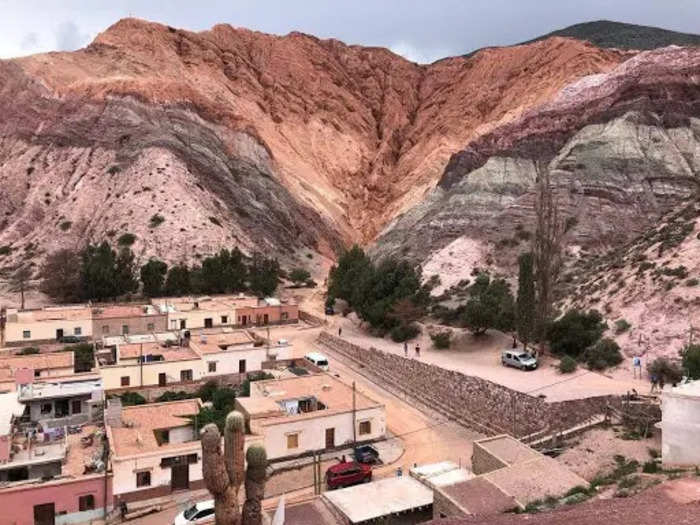
One of the best ways to save money while traveling is to speak the local language. Companies like International Travel and Study Institute provide classes with locals in person and online — I took a class with a friendly Guatemalan woman for $10 an hour.
Once you're abroad, don't be afraid to try! Most locals will be happy to practice with you, and speaking the language will save you money. For example, if you speak a little Spanish, you can easily go to a market where the locals eat and order a meal for $5, versus about $25 in a restaurant that caters to tourists.
Why it's worth it
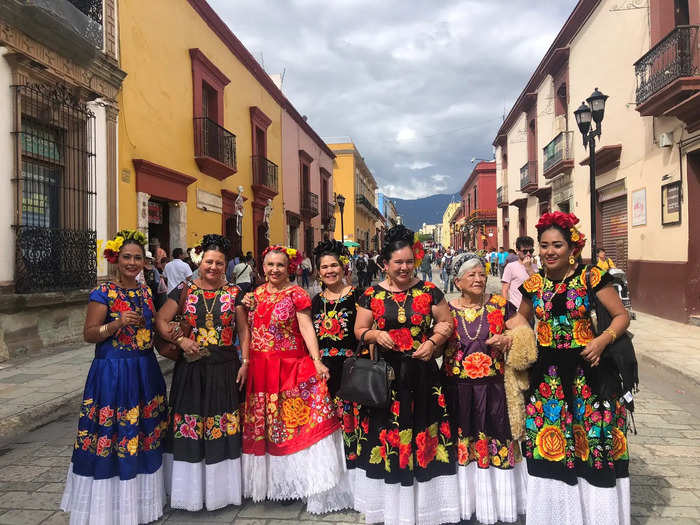
By using the strategies I've shared here, I was able to travel abroad for a year and a half, became fully immersed in the culture of seven Latin American countries (and some European ones as well), and made lifelong friends from all around the world along the way. I visited the Mayan ruins, kayaked in secluded nature reserves, ate Mexican mole sauce, Argentinian empanadas, and Uruguayan chivito, and sampled mezcal, malbec, and aguardiente.
Not only did I travel on a budget, but I managed to earn and even save money as well. My Spanish improved drastically, and I learned to be more flexible, adaptable, and resilient than I ever had been before. I especially grew to more deeply appreciate the cultures and perspectives of different countries. With careful planning, courage, and a little bit of luck, you can begin your budget travel journey, too.
Mariel Townsend is a freelance consultant and content writer. She spent over five years in traditional corporate roles working in data analytics and cybersecurity policy and strategy for consulting firms, the Federal government, and financial institutions. She now develops elearning content for cybersecurity professionals, with a focus on diversity and inclusion in tech. In her free time, she enjoys improving her Spanish, connecting with new friends around the globe, traveling, and writing. Connect with her on Instagram and LinkedIn.
Popular Right Now
Popular Keywords
Advertisement